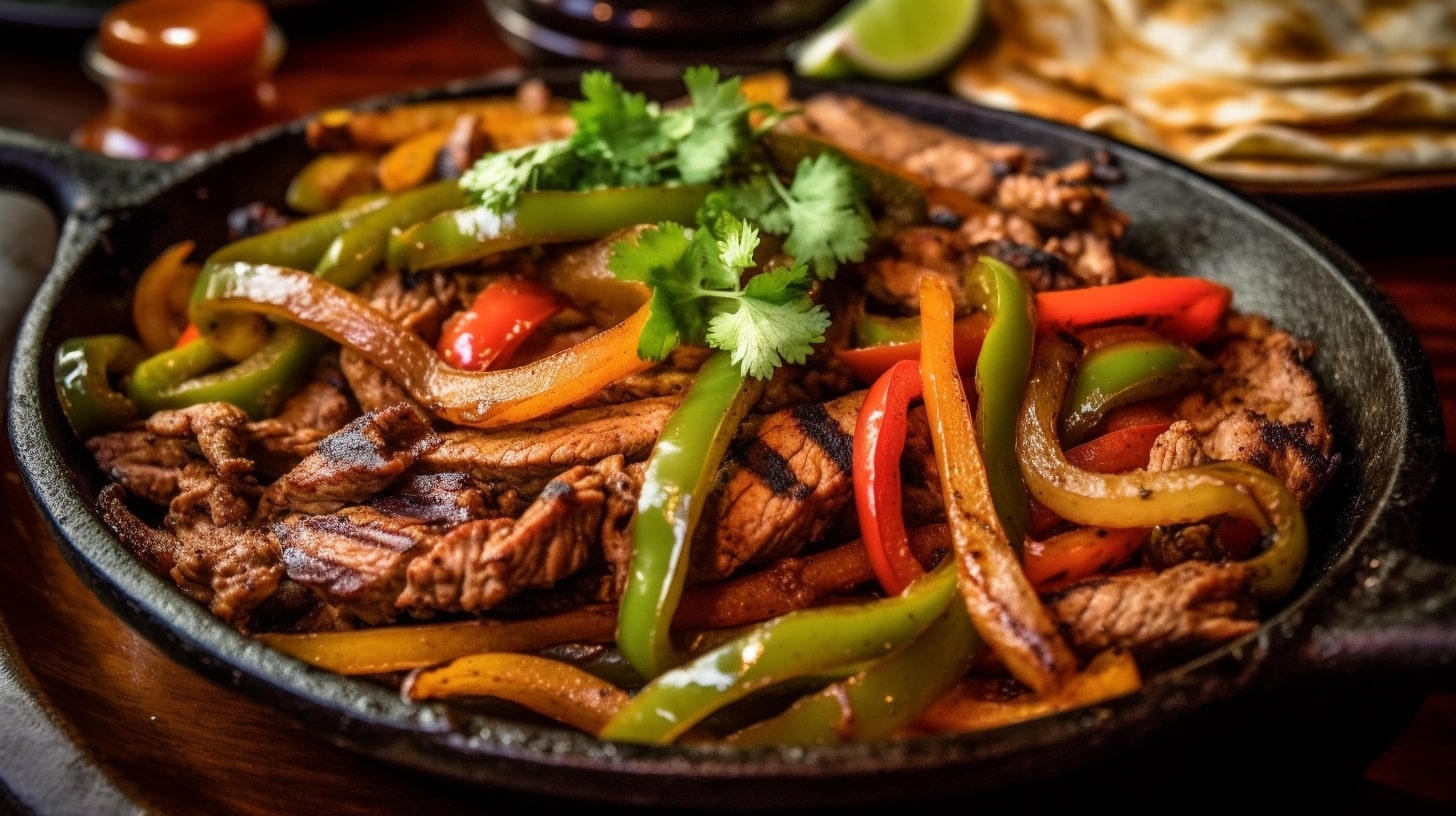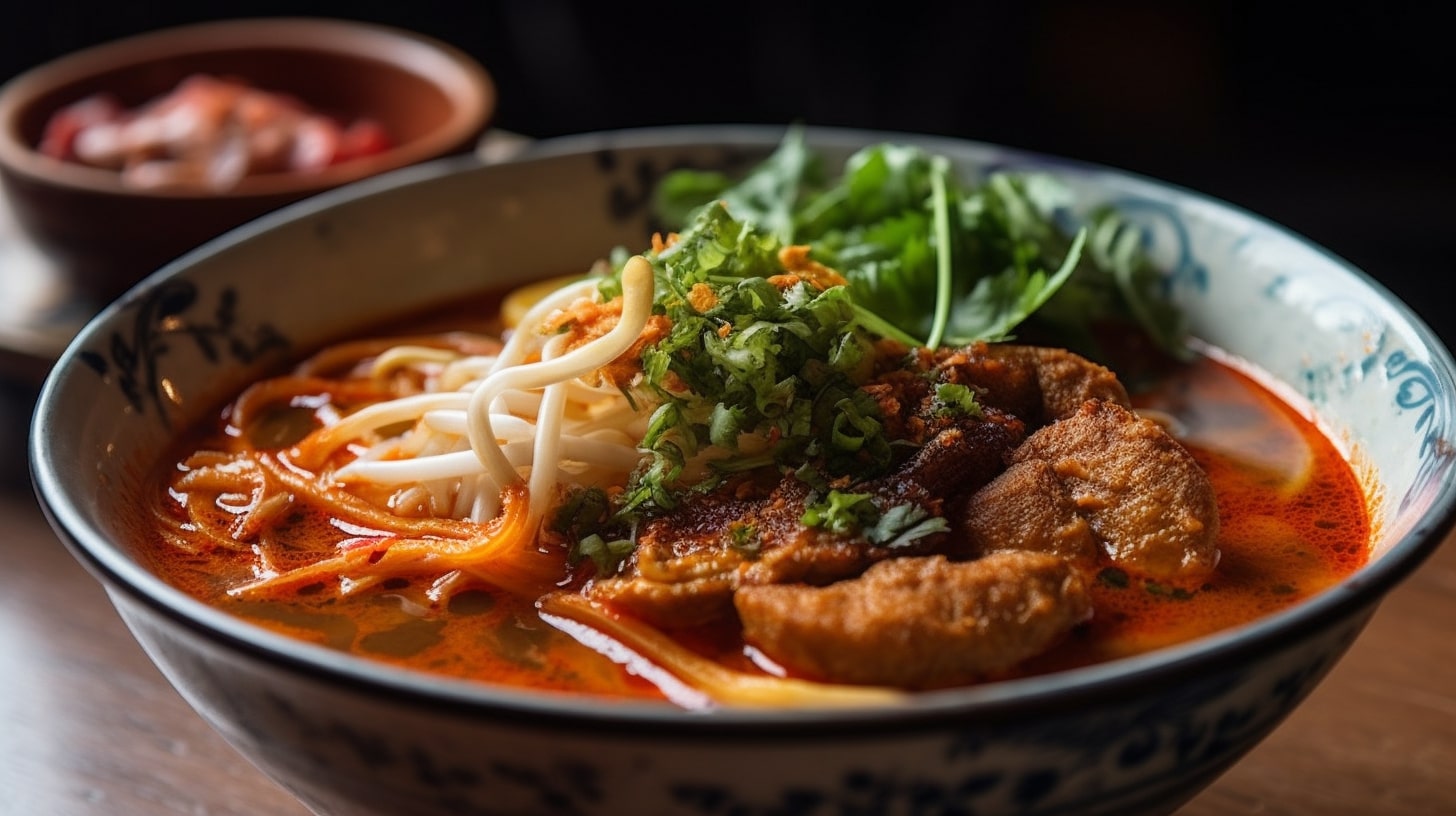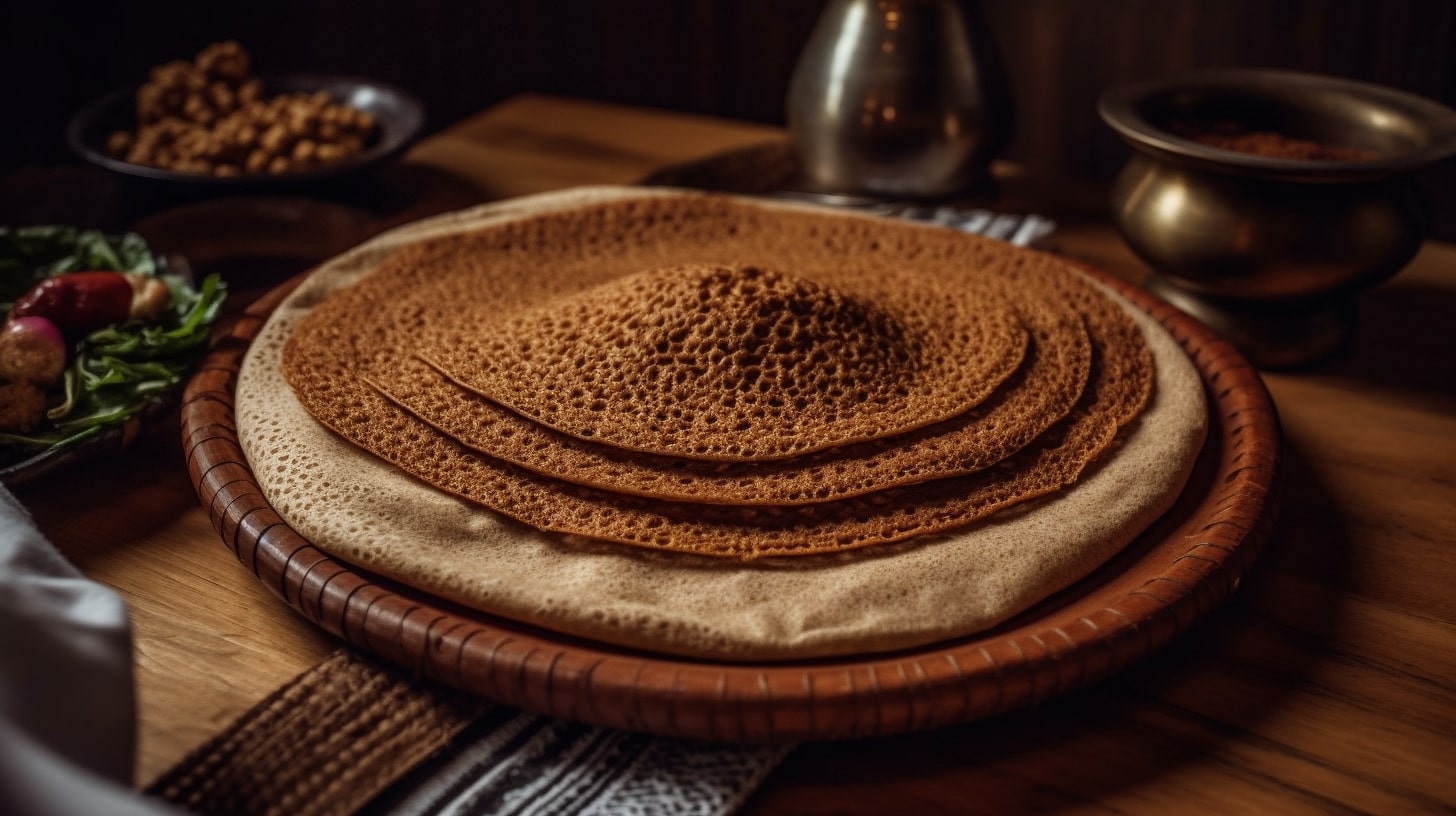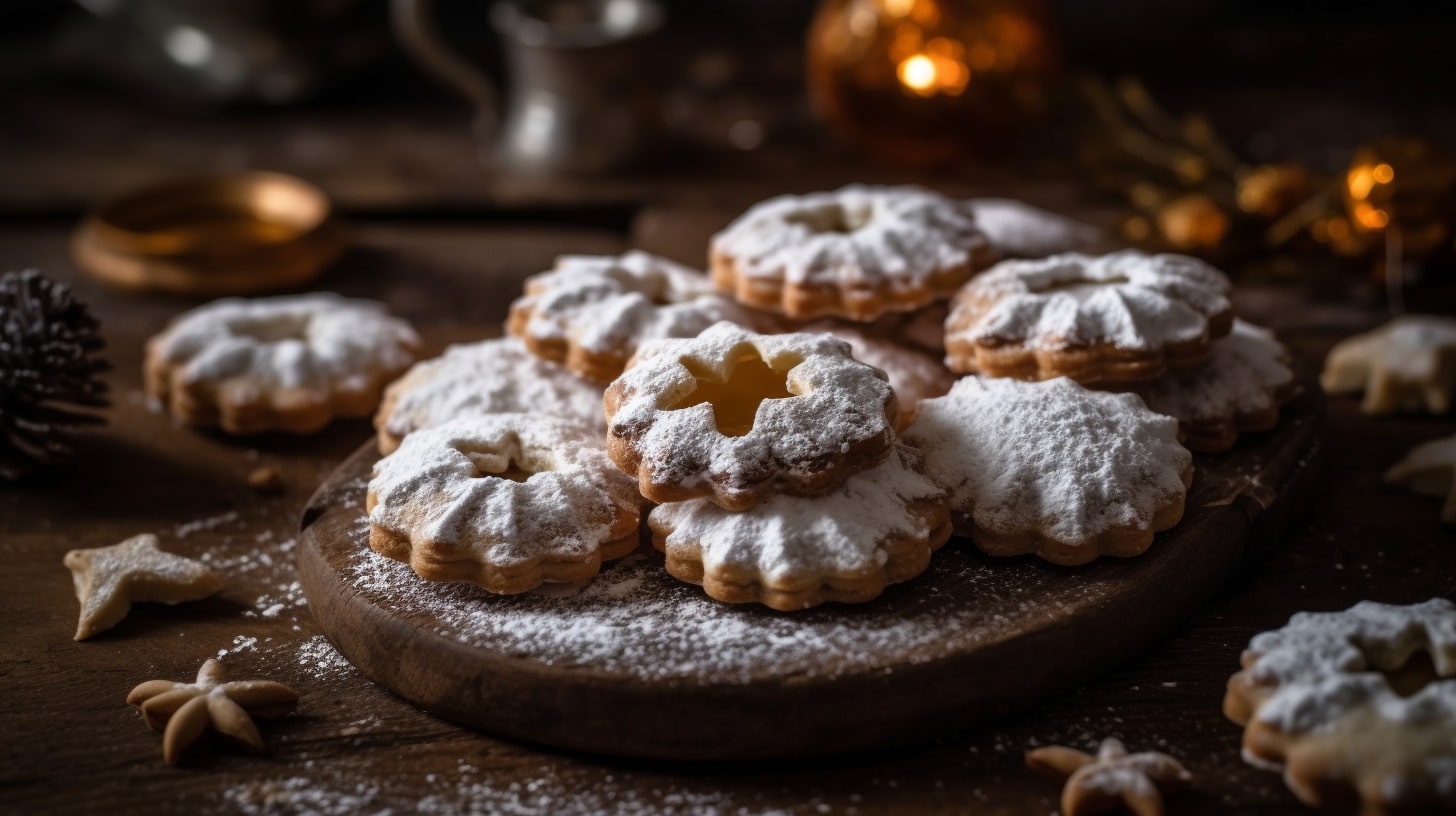Introduction
Pretzels, a delightful and twisted pastry, have a fascinating history that dates back centuries. Originating in Germany and finding their way into various cultures, pretzels have become a beloved snack worldwide. In this article, we will explore the origins, traditions, and mouthwatering variations of this unique treat.
The Origins of Pretzels
Pretzels have a long and storied history, with multiple accounts regarding their origin. Many sources suggest that pretzels were invented by European monks with Christian backgrounds [1]. According to one narrative, an Italian monk in 610 AD created pretzel as rewards for children who learned their prayers [2]. The monk shaped the dough to resemble arms crossing the chest, giving birth to the name “pretiola” or “little rewards”.
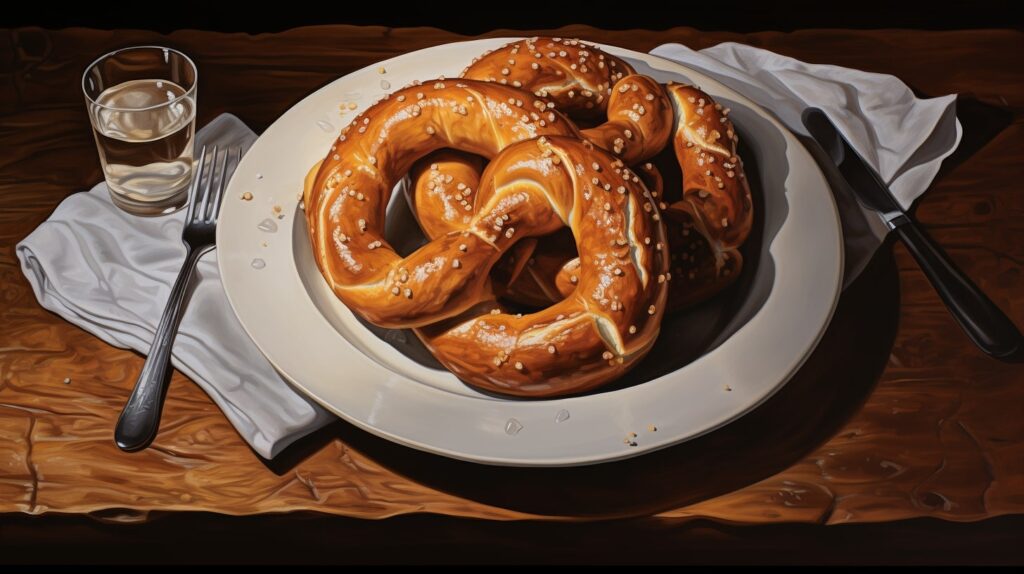
The Catholic Church and Pretzels
During the Middle Ages, the Catholic Church played a significant role in the early history of pretzel. Stricter fasting rules were imposed during Lent, leading to the popularity of pretzels as an ideal food during this period. Made from a simple mixture of water, flour, and salt, pretzel provided sustenance while adhering to fasting restrictions [2].
Symbolism and Tradition
Pretzel held symbolic significance beyond their role as a Lenten snack. They were seen as a symbol of good luck, prosperity, and spiritual fulfillment [2]. Pretzels were often distributed to the poor, serving as both a source of physical sustenance and a spiritual reward.
In 1614, pretzel gained further symbolism when they were used in Swiss wedding ceremonies to represent the bond of matrimony. This custom may have contributed to the modern phrase “tying the knot”. In Germany, pretzel bakers even had their own coat of arms, reflecting the pretzel’s significance in their guild.
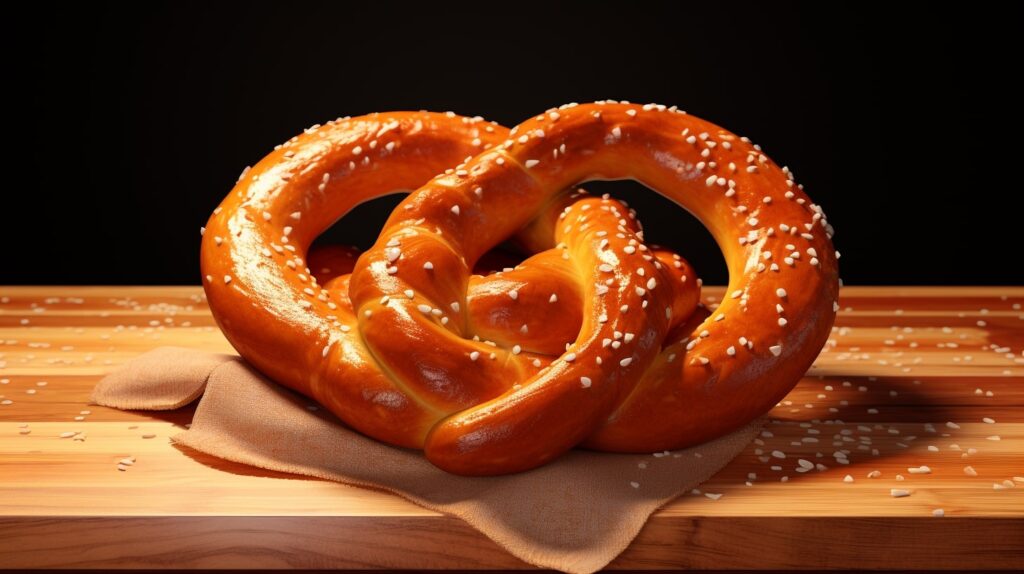
The Varieties of Pretzels
Today, pretzel comes in a wide range of shapes and flavors. The traditional pretzel shape is a distinctive symmetrical form, with the ends of a long strip of dough intertwined and twisted back onto itself. Common seasonings include salt, mustard, cheeses, sugar, chocolate, cinnamon, sweet glazing, seeds, and nuts. Soft pretzels are best enjoyed shortly after preparation, while hard-baked pretzels have a longer shelf life.
Pretzels in Popular Culture
Over time, pretzels have gained popularity and made their way into different cuisines worldwide. In the United States, pretzel has become a staple snack, commonly enjoyed at movie theaters and sports stadiums, often paired with mustard or cheese [6]. Auntie Anne’s, a popular pretzel franchise, has further popularized this treat.
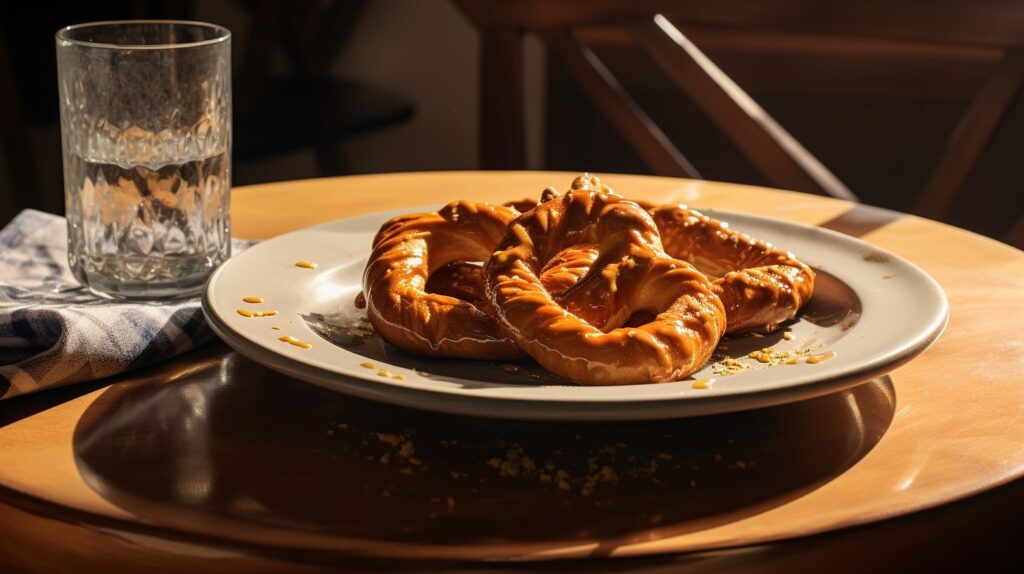
Conclusion
From their humble origins as rewards for reciting prayers to their widespread popularity today, pretzel has carved a unique place in culinary history. Their distinctive shape, flavorful variations, and cultural symbolism have made them a beloved snack around the world. Whether you enjoy a soft pretzel on the streets of New York or savor a crispy pretzel with a beer in Germany, the twisted delight of pretzel continues to bring joy and satisfy cravings.
